Official government website of the Government of the Kingdom of Saudi Arabia
Links to official Saudi websites end withgov.sa
All links to official websites of government agencies in the Kingdom ofSaudi Arabia end with .gov.sa
Government websites use theHTTPSprotocol for encryption and security.
Secure websites in the Kingdom of Saudi Arabia use the HTTPS protocolfor encryption.
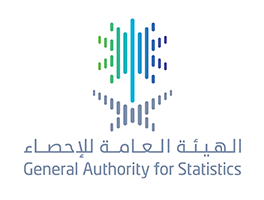
General Authority for Statistics & SDAIA Sign a MoU to Exchange Expertise and Support GASTAT’s Competitive Position in the Field of Data
29-12-2022
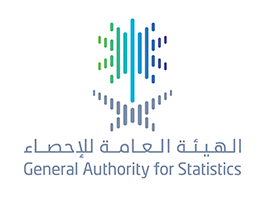
Non-Oil Merchandise Exports Increase by 4.4% in October 2022
22-12-2022
Real GDP Grows by 8.8% in Q3 of 2022
11-12-2022
Industrial Production Index Increases by 14.1 % in October 2022
11-12-2022
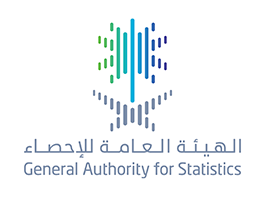
Non-Oil Merchandise Exports in Saudi Arabia Increase by 13.1% in Q3 of 2022
24-11-2022
GASTAT: Industrial Production Index Increases by 15.7% in September 2022
13-11-2022
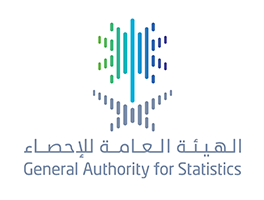
Air and Water Traffic Increase During 2021
01-11-2022
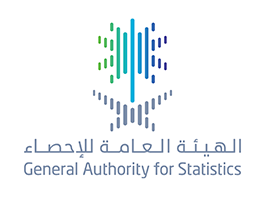
Real GDP Grows by 8.6% in Q3 of 2022
31-10-2022

General Authority for Statistics & SDAIA Sign a MoU to Exchange Expertise and Support GASTAT’s Competitive Position in the Field of Data
29-12-2022

Non-Oil Merchandise Exports Increase by 4.4% in October 2022
22-12-2022
Real GDP Grows by 8.8% in Q3 of 2022
11-12-2022
Industrial Production Index Increases by 14.1 % in October 2022
11-12-2022

Non-Oil Merchandise Exports in Saudi Arabia Increase by 13.1% in Q3 of 2022
24-11-2022
GASTAT: Industrial Production Index Increases by 15.7% in September 2022
13-11-2022

Air and Water Traffic Increase During 2021
01-11-2022

Real GDP Grows by 8.6% in Q3 of 2022
31-10-2022